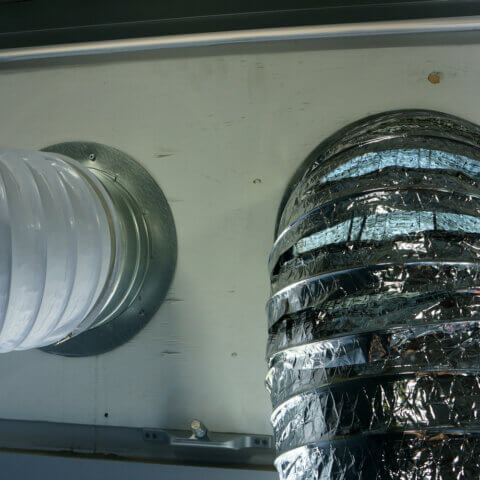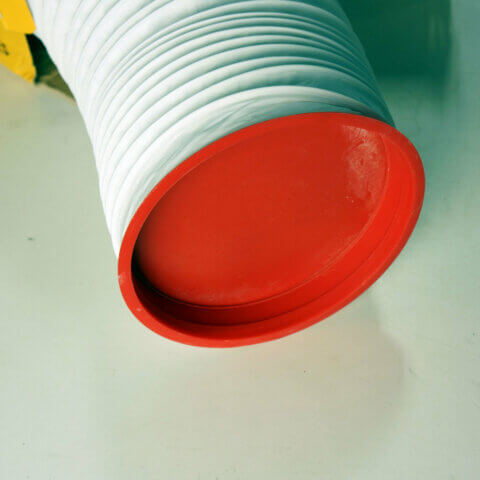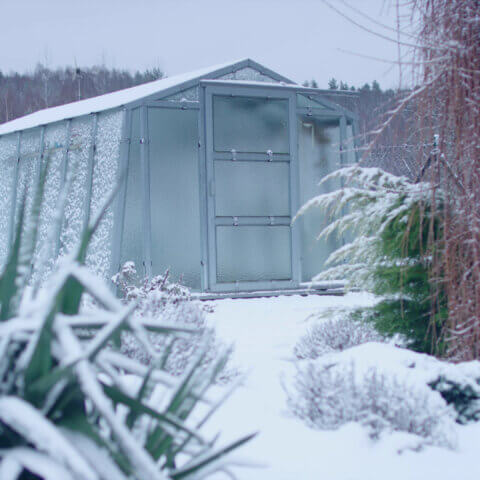When implemented correctly, C02 enrichment can increase yields by 15-20%. Interested?
Below we will discuss the equipment needed, and if C02 enrichment is right for you.
Atmospheric CO2 is approximately 350-400 PPM. Maintaining adequate air exchange in your indoor grow ensures that CO2 levels are close to atmopspheric CO2 levels. When a room is enriched with CO2, typically the PPM’s are between 1000-1500: that is between 3-4x greater than atmospheric levels!
Safety first. Keep in mind that heightened levels of CO2 can be dangerous. Limit your exposure. Work in your grow room in short increments of about 10 minutes max. Or simply turn off your CO2 enrichment, wait till the PPM’s are near atmospheric levels, then begin work. Working during the lights off period is also a viable option; look into green lights that won’t disturb the plant’s photo-period. If you begin to feel light-headed or dizzy leave the space immediately!
C02 enrichment works best in a sealed grow room. What does with mean? There is no air exchange with the outside environment. This means no intake/exhaust fans. Make sure your air conditioner does not pull air out of your grow room (most portable AC’s for example). Air cooled lights are generally not recommended, as most are not completely airtight, and will draw air out of your grow room. This also means that excess humidity cannot be vented out, and a dehumidifier is usually a must.
What type of equipment is needed? There are two ways to introduce CO2 into your grow room (I am excluding the gimmicky gadgets like fungal mycelium, or baking soda based devices): using a CO2 generator, which burns propane, or directly via CO2 tanks.
How to tell which method is right for you:
- CO2 tanks are safer to use, but are more expensive and inconvenient to refill. Some hydroponic stores offer CO2 swap-outs, otherwise welding supply stores are your best bet.
- Generators do pose a potential fire hazard if knocked over, or if it comes in contact with flammable material. Generators usually must be hung securely and at least a foot or more from the ceiling.
- Generators are much cheaper to run. Tapping into an existing gas line is a good option; propane tanks are also cheaper than CO2 tanks and more readily available.
- Generators create a lot of extra heat, which will need to be accounted for. Both generators and CO2 tanks will raise the humidity of the room.
- As a general rule of thumb, larger grow rooms will use generators and smaller grows will use tanks.
The Components
Now what you have decided which system is right for you, lets break down the necessary components.
A Co2 tank system will require a CO2 regulator, or solenoid: this device attaches to the C02 tank and allows the user to manually control the flow-rate of C02.
Both systems (CO2 tanks or generators), will require a control device that senses the PPM’s of CO2 in the room and turns the generator or CO2 regulator on the tank on or off as needed. We do not recommend attempting to calculate the time needed to fill the room to the correct PPM and attempting to use a timer in place of a CO2 controller. There are simply to many variables and miscalculations can be costly and even dangerous. (Imagine walking into your grow room and the PPM’s are 4000! What would happen? Here’s a hint, not much would be alive).
Finally, keep in mind that during the lights of cycle, CO2 is not required and the plant will actually use oxygen instead. Therefore it is helpful to purchase a CO2 controller with a photocell: that can sense when the light is on or off.
Stay tuned for more Pro-Tips!









